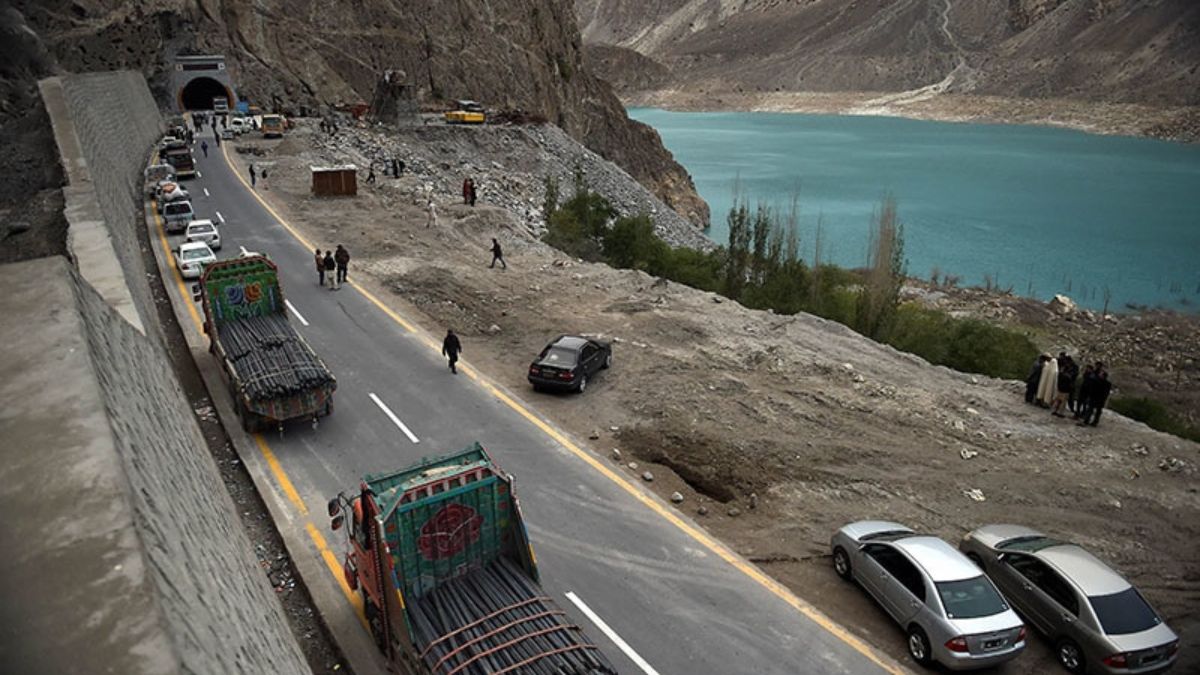The Silk Route in Pakistan is a fascinating blend of ancient history, cultural exchange, and modern-day connectivity. Once part of the grand trade network linking China with Europe and the Middle East, Pakistan’s segment of the route continues to play a vital role through the Karakoram Highway (KKH) and CPEC.
Historical Significance of the Silk Route
The Silk Route, named after the valuable Chinese silk traded along it, connected civilizations across Asia, the Middle East, and Europe. In ancient times, this route passed through present-day Gilgit-Baltistan, making Pakistan a key player in global trade, religious diffusion, and cultural exchange.
Key Locations of the Silk Route in Pakistan
The following table outlines the main points where the Silk Route passes through Pakistan:
| Location | Importance |
|---|---|
| Khunjerab Pass | Highest paved border; connects China to Pakistan |
| Sost | Customs and immigration checkpoint for goods and travelers |
| Hunza Valley | Historic stop for traders; now a famous tourist destination |
| Gilgit | Key city on ancient route and current economic hub |
| Chilas | Part of the Indus River trading path |
| Taxila | Ancient Buddhist university city on the southern trade route |
| Rawalpindi | Strategic trade and transport connection to the heart of Punjab |
Read More: Israeli Officials Confirm 10 Fatalities, 200 Injured in Iran Retaliation Attack
Modern Revival – Karakoram Highway & CPEC
Today, the Silk Route’s legacy lives on through the Karakoram Highway, often referred to as the 8th Wonder of the World. It closely follows the ancient trail and is central to the China-Pakistan Economic Corridor (CPEC).
- Karakoram Highway (KKH): Links Gilgit-Baltistan with Xinjiang, China.
- CPEC: Multi-billion dollar infrastructure project enhancing regional trade.
- Economic Impact: Increases cross-border commerce, tourism, and employment.
Tourism Along the Silk Route
The Silk Route in Pakistan offers breathtaking landscapes, heritage sites, and cultural festivals.
- Hunza and Skardu: Snow-capped mountains and traditional hospitality.
- Altit & Baltit Forts: Well-preserved architectural marvels in Hunza.
- Silk Route Festival: Celebrates regional art, food, and dance.
This route attracts adventure tourists, trekkers, and motorbike riders from around the world.
Strategic Importance in the 21st Century
- Geopolitical Connector: Links China with South Asia and Central Asia.
- Part of Belt and Road Initiative (BRI): Aligns with global trade ambitions.
- Enhances Regional Cooperation: Promotes economic growth and cultural exchange.
Read More: Pakistan Denies Claims of Nuclear Threat Against Israel
Challenges on the Route
Despite its advantages, the Silk Route faces:
- Harsh terrain and weather on the Karakoram Highway.
- Security and maintenance concerns in remote areas.
- Underdeveloped tourism facilities in some regions.
Conclusion
The Silk Route in Pakistan is more than just an ancient trade pathway. It represents centuries of interaction between East and West. Today, it is evolving into a modern artery of commerce, culture, and connectivity—thanks to the Karakoram Highway and CPEC. With improved infrastructure and increased attention, it continues to shape the future of Pakistan’s economy and tourism. Keep visiting: Bloom Pakistan
Read More: New Conditions for Umrah 2025: Complete Guide & Requirements









